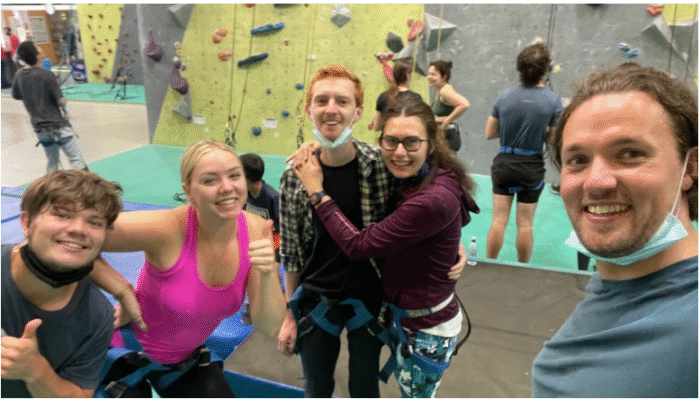Travelling with autistic individuals can be challenging. However, with careful planning, research, and expert advice, you can make the journey smoother and more fun. Here’s a comprehensive guide to make your next trip smooth, enjoyable, and tailored to sensory needs.
Preparation is King!
Trips should be planned carefully to avoid mishaps. When organising events with autistic people, it is crucial to consider their sensory needs. From minor details like pillows to the leading destination, everything should be meticulously prepared.
Research Destinations Thoroughly
Choose locations known for being accommodating and accessible to travellers with sensory sensitivities. Look for quiet parks, sensory-friendly venues, or attractions with designated quiet areas. As much as possible, avoid overly crowded tourist destinations and areas with loud music, noisy people, and places designed to be loud.
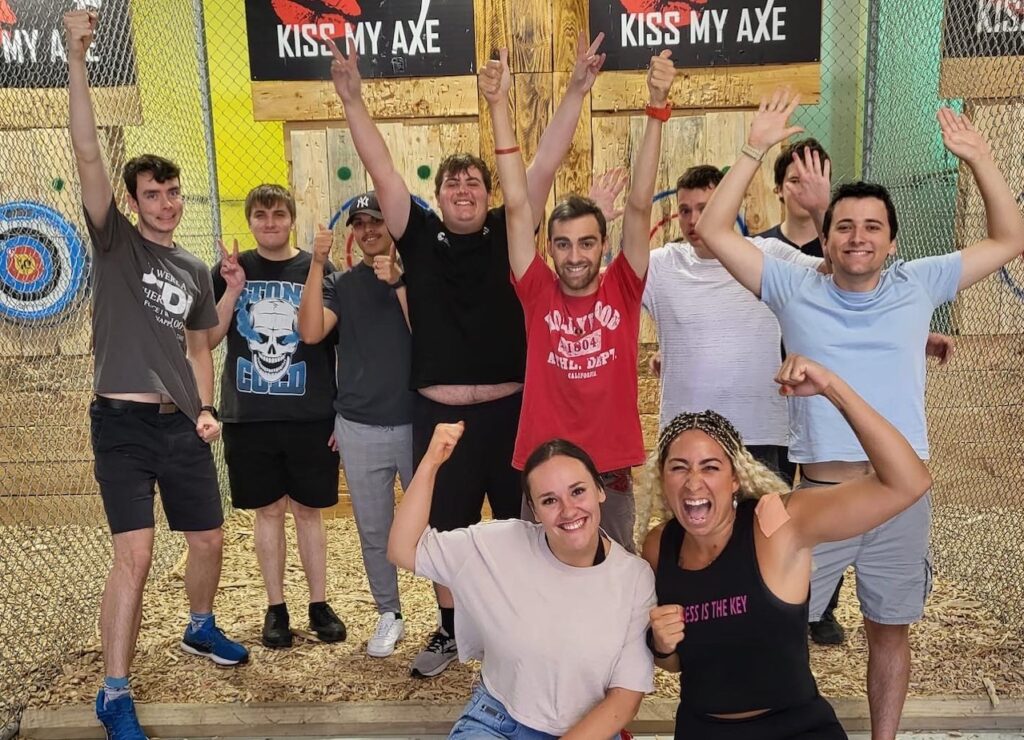
Visit Virtual Tours, Google Maps, and Online Reviews
To help your autistic traveller feel more comfortable and familiar with the destination, encourage them to participate in virtual tours. You can also utilise apps like Google Maps or Google Street View to give them an idea of what to expect.
Reading online reviews with your autistic family member will prepare them for the upcoming adventure.
Book for Accommodating Airlines
Many Australian airports and some airlines are part of the Hidden Disability Sunflower program. This means that their staff can identify people with hidden disabilities through the sunflower lanyard and are trained to help and assist such people. Autism travel airlines provide information about this feature on their websites’ accessibility pages.
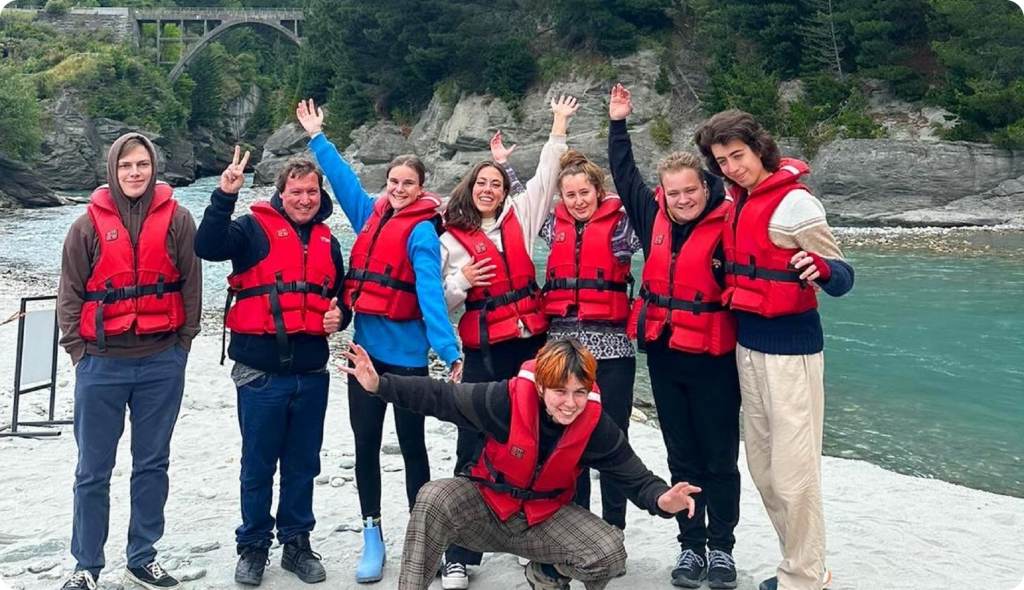
Pack Sensory-Friendly Essentials
Packing items that can help in managing sensory sensitivities. They are as follows:
- Comfort Items: Favourite toys, pillows, blankets, or fidget devices can provide reassurance and comfort during transit and downtimes.
- Noise-Canceling Headphones or Earplugs: These can block out overwhelming noises at busy airports, stations, or crowded attractions. Such items can also provide entertainment for diversion.
- Sensory Tools: Textured toys, weighted lap pads, or aromatherapy (if tolerated) can help regulate sensory input.
- Other Visual Supports
Join Groups and Trips
Participating in groups and trips designed for neurodivergent individuals can help build confidence in meeting new people and becoming comfortable with travel.
At Travengers, we organise trips and social events specifically for neurodivergent individuals, including autistic people. Our goal is to create an environment where participants can be themselves and improve their social skills at their own pace. We also provide support guides who are trained to address sensory needs because we believe that autism and flying can really get along.
You can check our Events and Trips page to see what interests you.
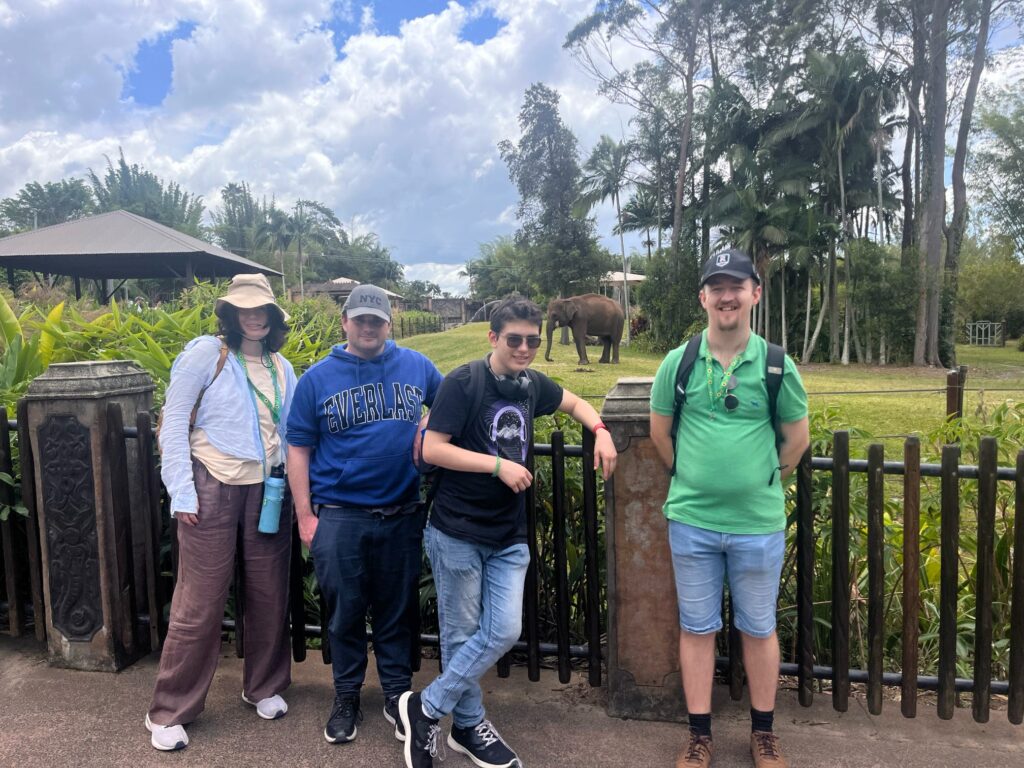
In Travel Tips
Travelling can also provide discomfort, especially for autistic people. To avoid this, there are some things you can do.
Be Early and Make Possible Requests
Be sure to arrive at the airport at least one hour before your flight to avoid large crowds and provide extra time for other activities. Once at the airport, find the nearest seat in your boarding area. Additionally, you can ask the boarding officer if it’s possible to board early.
Maintain a Consistent Routine
Even while on vacation, try to maintain your family’s daily routines. Ensure that sleep times, meals, and other daily habits remain as consistent as possible to minimise changes in body clocks.
Adjust Expectations and Be Flexible
Understand that plans may change, and not all itinerary items will be completed. Ensure you have an alternative or a backup plan to avoid frustration.
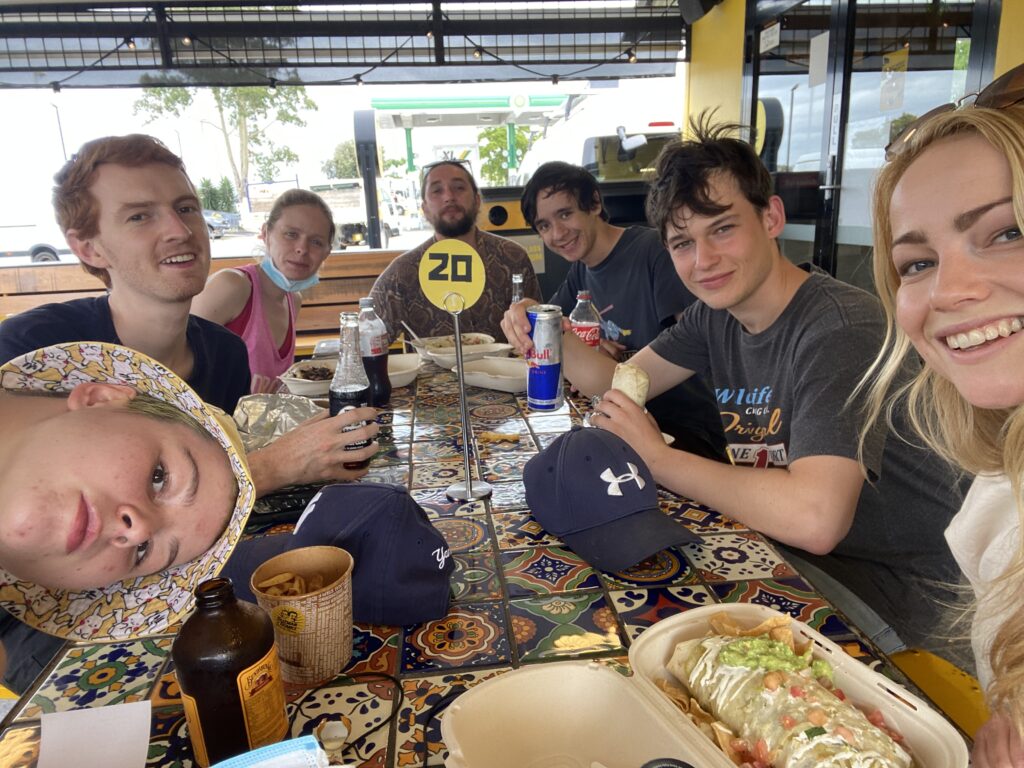
Create a Sensory-Friendly Environment
Creating a sensory-friendly environment in your accommodation or car can provide comfort when things become overwhelming. Consider setting up a corner with favorite toys, soft lighting, and minimal distractions to encourage relaxation. It’s important to keep familiar items within reach and use visual timers to signal transitions.
Additionally, bringing blackout curtains, sleep masks, or other calming items can help create a soothing atmosphere.
Post-Trip Review and Self-Care
After the trip, talk about what happened, the highlights, and the fun parts. Also, acknowledge small wins, bravery, and efforts. Also, allow time for decompression after the travel and let the body rest to recover from sensory overload.
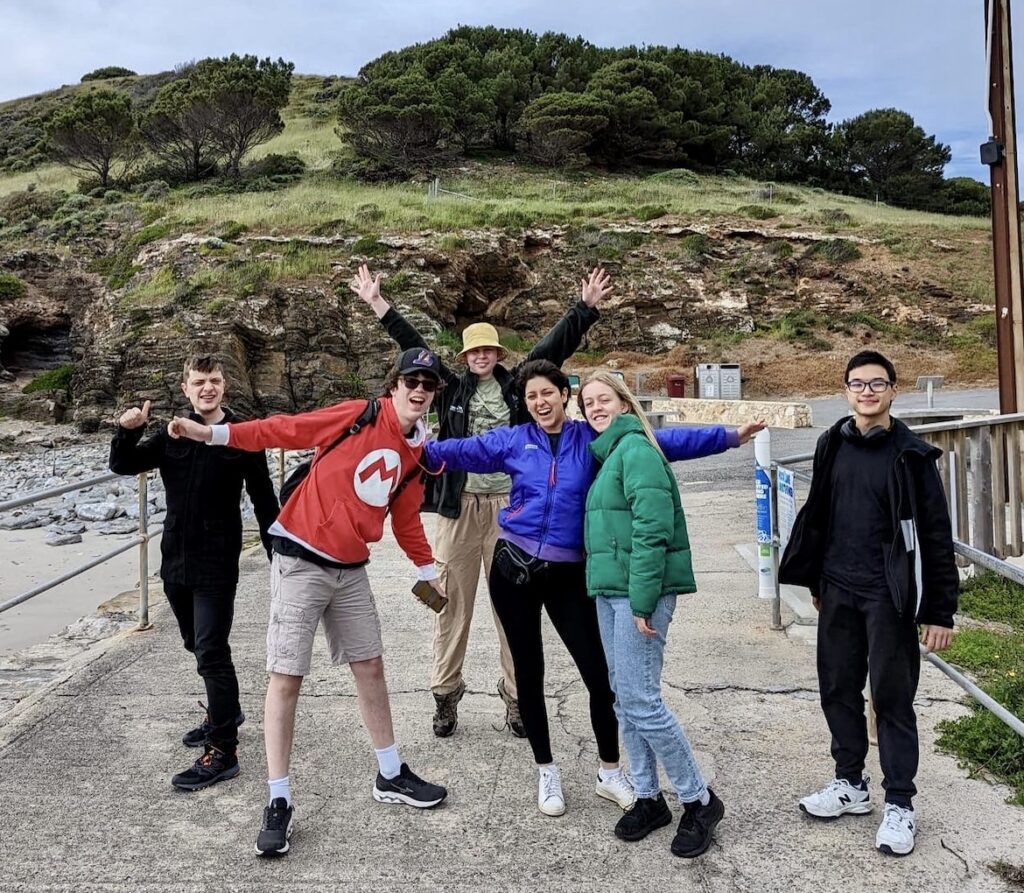
Embrace the Journey
Autism adventure travel can present challenges, but with careful planning and anticipation, the experience can go more smoothly. Travel can become an unforgettable adventure. Prioritising sensory needs, creating a supportive environment, and tailoring the itinerary.
Always remember that vacations should be enjoyable and empowering. They should create lasting memories and foster joy and connection among family members.

